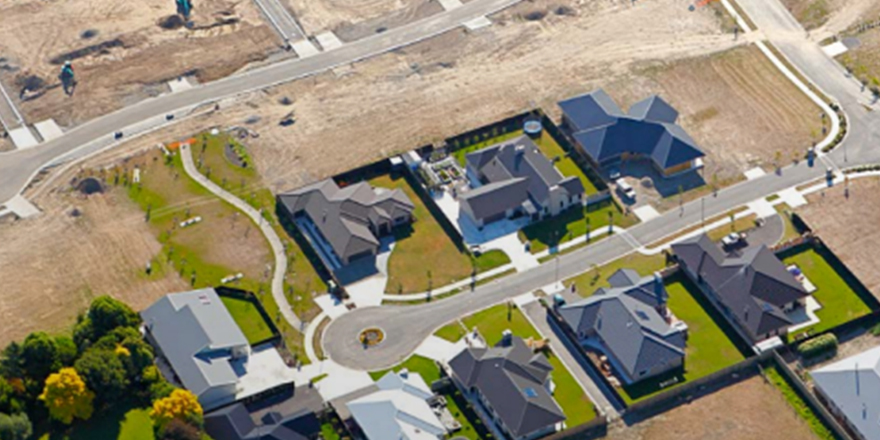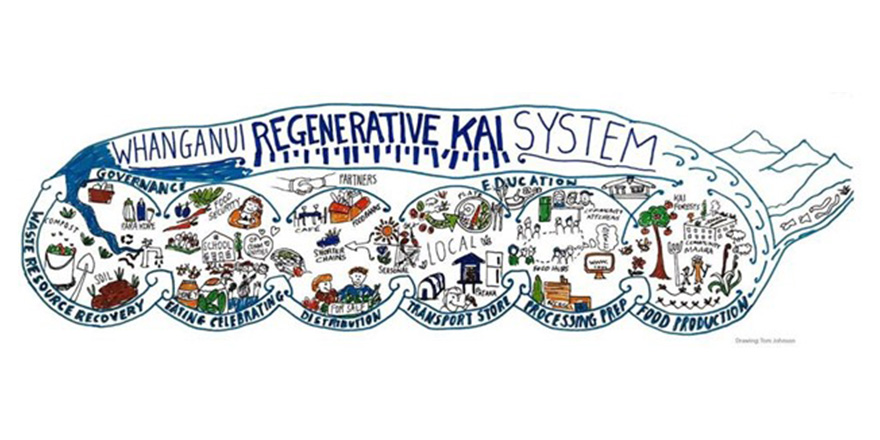
Executive summary
Land use change from agriculture to urban is occurring at record rates. Stats NZ (2021) report that record numbers of stand-alone houses are being built. Emissions from the building sector increased 77% in the decade to 2017 (Stats NZ, 2019).
In contrast, pastoral farming land area is decreasing, and the emissions profile of the industry is flat to declining (Ministry for the Environment, 2021).
Legislation and numerous reports reference agriculture as New Zealand’s largest Greenhouse Gas (GHG) emitter and as the main industry targeted for emissions reduction to meet New Zealand’s GHG obligations under the United Nations Paris Agreement of 2015. The housing sector has significantly less reference within the same documents.
If agriculture is recommended to decrease land area and therefore emissions to help achieve New Zealand’s obligations (New Zealand Productivity Commission, 2018), why is that same agricultural land then allowed to be subdivided and turned into housing which emits potentially more emissions?
This is the context of the data sought for this study’s hypothesis: There isn’t a carbon footprint reason for land use change from primary to urban residential.
The results of the data analysis from a literature review suggest that the emissions from land use change to one hectare of urban subdivision are significantly higher than if the land had stayed as one hectare of primary land use.
Seven interviews with industry leaders were undertaken for discussion surrounding the hypothesis. They were thematically analysed showing the agriculture sector having concerns about the way its emissions are reported and the availability of tools to decrease emissions. This limits the industry’s potential to do what it does well, producing some of the lowest carbon footprint nutritional products in the world, for its growing population.
The housing sector has potential to improve its industry unity to lift its GHG reporting performance. Several solutions are available to reduce housing’s carbon footprint and minimise the use of agricultural land. They are too slowly being taken up for the sector to meet its emissions reductions targets.
Reporting gases on their separate warming potentials would clarify the impact of pastoral farming on the overall emissions. Reporting of land use change emissions associated with subdivisions, and emissions per dwelling should be undertaken.
Resource consent applications for land use change should consider the associated GHG consequences. More research could be undertaken to express the emissions of the civil infrastructure surrounding houses.
Paths to strategically meet our GHG reduction obligations can then be more clearly identified, and decisions made to ultimately improve the planet’s overall goal – reducing global warming.




